Please note that the photos and description below is copyrighted by Hermann Historica
A unique armour in the English style, circa 1440 - 1460
built by Robert Macpherson
The armour is a full battle harness, made of hardened and tempered medium carbon steel, the closest possible modern equivalent to original medieval steel. It includes two helmets: a) an armet with separate wrapper, for general field use, especially on horseback and a very impressive luxury claw crest. The armet displays a distinctly English character, the visor and brow reinforce, unlike their Italian counterparts, are in form much more like sallets of the period. The armet is also fitted with gilded mail by the renowned mail-maker Erik D. Schmid, the only modern craftsman to have discovered the secret of authentic mail-making b) a great basinet, perhaps the most popular head defence in England during the first half of the fifteenth century, worn in both battle and tournament. In battle the English knight often wore the basinet without a visor, but in tournaments visors were essential. This piece includes two, a lighter, rounded visor for the tourney and a heavier, angular visor for the joust. The latter locks closed by means of a spring-pin mechanism.
The armour of rich lords and knights was always beautifully decorated. In England, ornamentation most commonly took the form of strips of copper-alloy that were riveted onto the edges of the plates and richly engraved with floral designs and religious inscriptions. These strips, as well as all buckles, hinges, and fittings - copied exactly from sculptural evidence - have been gilded in the same way as the originals. The full visual effect of this form of decoration is here reproduced for the first time since the Middle Ages. The wealthiest knights would also sometimes have their armour blued or blackened, an expensive process that further distinguished them as men of power. This colour has been replicated, bring back to life an image not seen since the fifteenth century. This armour is of special importance to armour scholars because no original armour in the English style is known to have survived to the present day. It represents the culmination of five years of Ph.D. research by Dr. Tobias Capwell, former Curator of Arms and Armour at the Glasgow Museums. Indeed, the distinctive constructional and aesthetic character of English armour in the fifteenth century has only begun to be properly understood as a result of the work of Dr.Capwell. His research, a complex process by which a stylistic understanding of English armour has been reconstructed, was based primarily on the study of funerary monuments. Over three hundred fifteenth-century effigies of men in armour remain in England and Wales, many of which have never been properly studied, published or photographed. These were the key to unlocking the secrets of the English style- several hundred life-sized sculptures, spread throughout the country, never before examined collectively by an armour specialist. But although the study of these artworks yielded a very detailed picture of the development of English armour, there were a number of crucial questions the effigies themselves could not answer. Why was English armour made in the ways represented on the monuments? Why was it so different than continental armour, so unlike the famous Italian and German styles? How did the unusual constructions work? What would the man behind the effigy actually have looked like on the battlefield or in a tournament? This armour was built to answer the questions that only hands-on, physical experimentation could answer. It was made in order to bring back to life one of the great lost styles of armour design, a style that history has forgotten- until now. This creation is one of the finest armours ever produced for modern use. It has been thoroughly tested, in the tournament fields of England, Scotland, and the Netherlands - Dr. Capwell, as well as an academic, is also one of the world's most experienced and successful jousting champions. This armour has kept him alive in combat for two years, and in that time has suffered only the most minor of scratches. A medieval knight would have been proud to wear it.
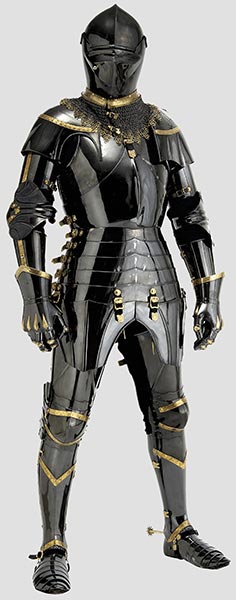
Armour by Robert Macpherson
Photo copyright Hermann Historica
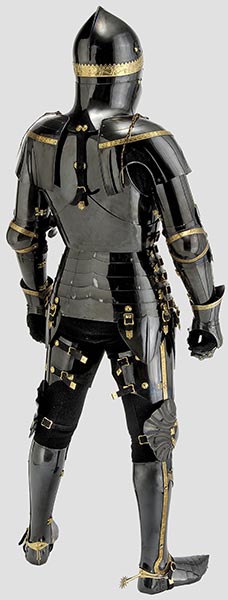
Armour by Robert Macpherson
Photo copyright Hermann Historica
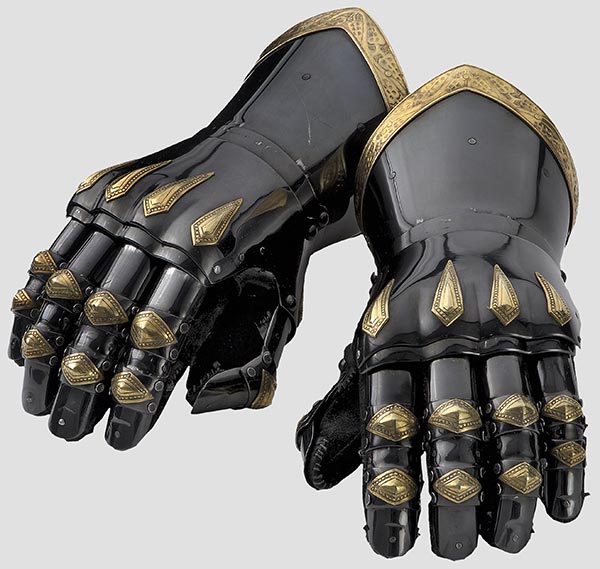
Armour by Robert Macpherson
Photo copyright Hermann Historica
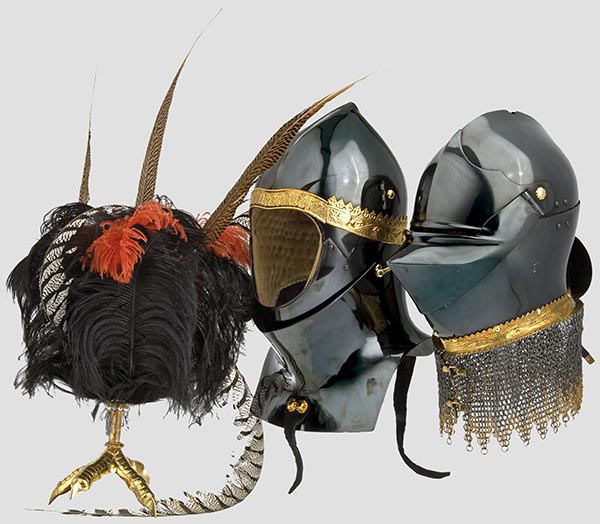
Armour by Robert Macpherson
Photo copyright Hermann Historica
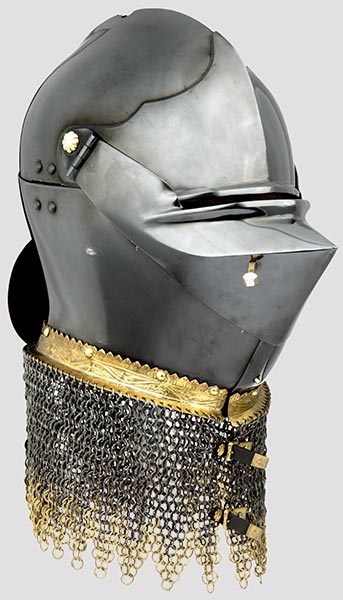
Armour by Robert Macpherson
Photo copyright Hermann Historica

Armour by Robert Macpherson
Photo copyright Hermann Historica
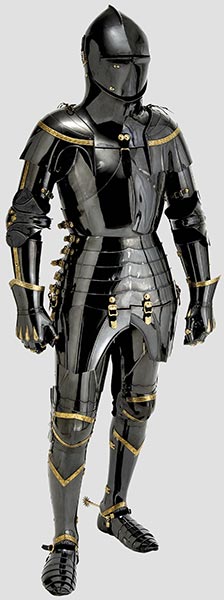
Armour by Robert Macpherson
Photo copyright Hermann Historica